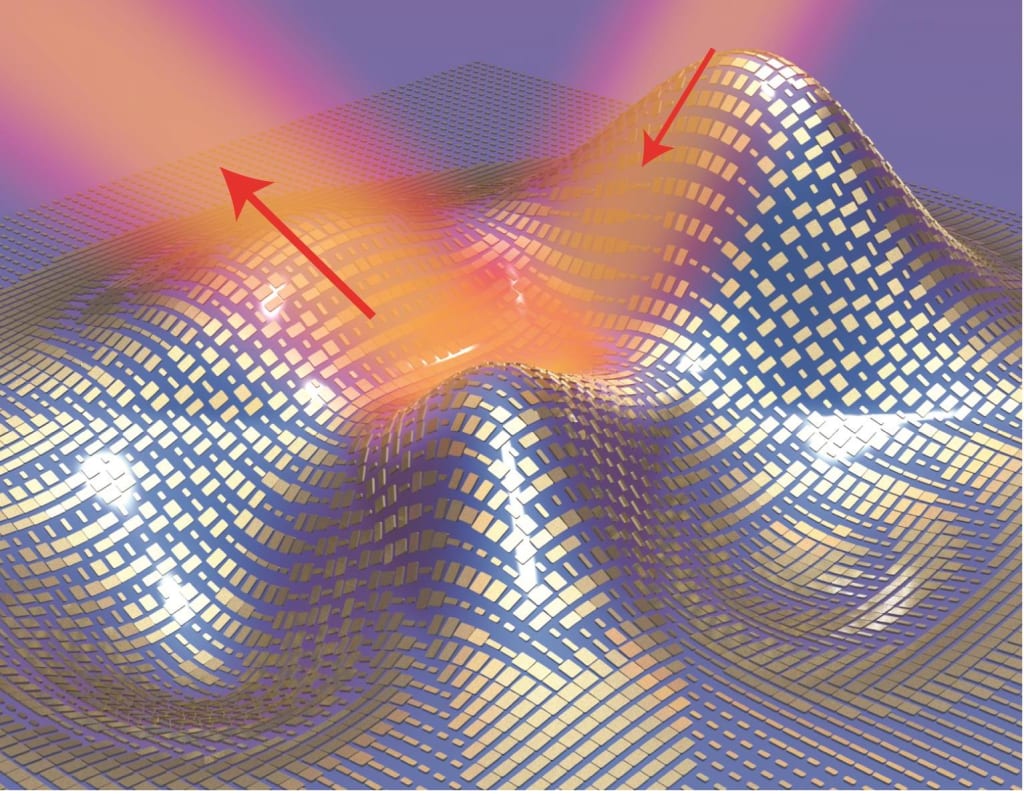WHY BIG OBJECTS CAN'T BECOME INVISIBLE
The Challenges of Rendering Large Objects Invisible

The concept of making large objects, especially people, invisible involves manipulating light to create a situation where it either passes through the object without interacting or bends around it, essentially rendering the object unseen. However, there are several challenges and limitations to achieving this on a large scale:
Complexity of Human Form
Humans are three-dimensional and have complex shapes. Achieving invisibility for a large, irregularly shaped object like a person is much more challenging than doing so for a simple or static object.
Interaction with Light
The human body interacts with light in numerous ways, including absorption, reflection, and refraction. Achieving uniform invisibility would require addressing all these interactions, which is currently beyond our technological capabilities.
Technological Limitations
While there have been some advancements in cloaking technology at a microscopic level in controlled laboratory settings, extending these principles to macroscopic objects, especially those with dynamic and irregular shapes, is highly complex.
Energy Requirements
Theoretical approaches to invisibility often involve the use of metamaterials, which are engineered materials with properties not found in nature. Implementing such materials on a large scale would likely require considerable energy and resources.
Ethical and Privacy Concerns
Even if technology were developed to achieve invisibility, it would raise significant ethical concerns. Invisibility could be misused for unethical purposes, such as invasions of privacy or criminal activities.
Practical Considerations
Achieving invisibility would require addressing challenges related to movement, as any motion could disrupt the carefully engineered conditions needed for invisibility.
Metamaterials
Metamaterials are artificially engineered materials designed to have properties not found in nature. Researchers have explored the use of metamaterials to manipulate light in a way that could lead to invisibility. These materials can be designed to control the path of electromagnetic waves, including visible light.
Cloaking Techniques
Some theoretical approaches involve creating a cloaking device that can bend light around an object, making it appear invisible. This concept often relies on the use of metamaterials with negative refractive indices, allowing light to curve around an object rather than being scattered or absorbed by it.
Adaptive Camouflage
Another approach involves adaptive camouflage, where surfaces can change their color and texture to match the background, effectively blending into the environment. While not true invisibility, this can make objects less noticeable.
Challenges with Visible Light
Achieving invisibility in the visible light spectrum is particularly challenging due to the complex interactions between light and matter. Unlike other forms of electromagnetic radiation (e.g., radio waves or microwaves), visible light has shorter wavelengths and interacts more strongly with materials.
Size and Complexity of Objects
As mentioned earlier, achieving invisibility for large and complex objects, such as humans, is more challenging than for smaller or simpler shapes. The intricate structure of the human body and the need to account for various forms of light interaction present significant obstacles.
Energy Consumption
Implementing invisibility on a large scale might require a significant amount of energy. Creating and maintaining the conditions for invisibility, especially for dynamic objects, could be energy-intensive.
Ongoing Research
Researchers continue to explore new materials and technologies that may one day lead to advancements in cloaking and invisibility. However, practical applications remain elusive, and any breakthroughs are likely to be incremental.
In conclusion, the concept of achieving invisibility for large objects, particularly humans, remains a fascinating but challenging endeavor. While theoretical approaches involving metamaterials and cloaking techniques have been explored, practical applications are hindered by the complex interactions between visible light and matter, the size and irregularity of objects, and significant technological and energy requirements.
As of my last knowledge update in January 2022, true invisibility for large, dynamic objects is firmly within the realm of science fiction. Ongoing research in materials science and optics may yield incremental advancements, but the ethical implications, potential misuse, and practical challenges associated with large-scale invisibility underscore the importance of responsible scientific exploration and application. As technology progresses, it is essential to balance scientific curiosity with ethical considerations to ensure that any breakthroughs contribute positively to society.
About the Creator
Enjoyed the story? Support the Creator.
Subscribe for free to receive all their stories in your feed. You could also pledge your support or give them a one-off tip, letting them know you appreciate their work.






Comments
There are no comments for this story
Be the first to respond and start the conversation.